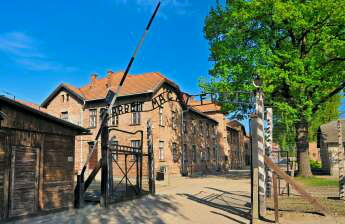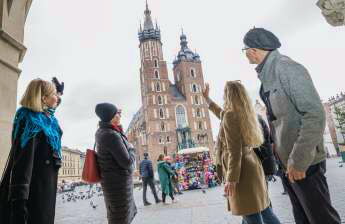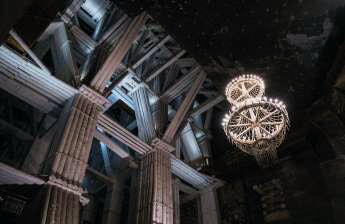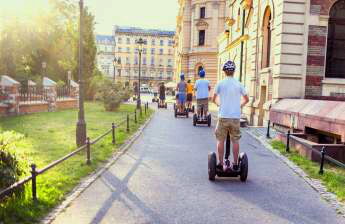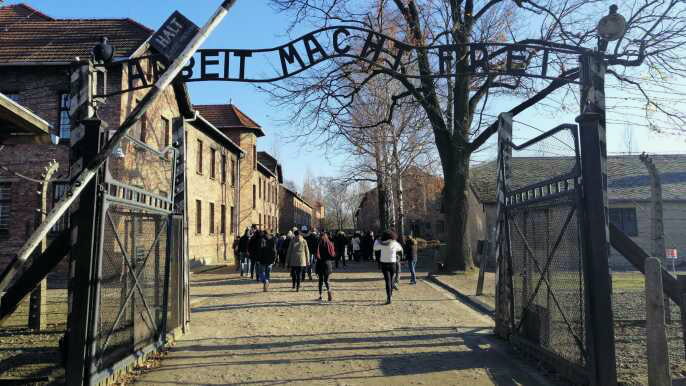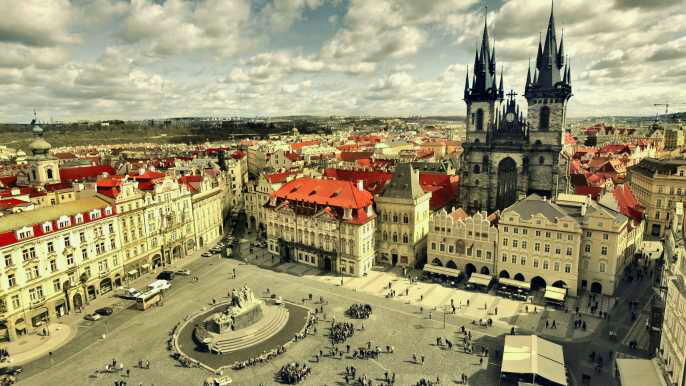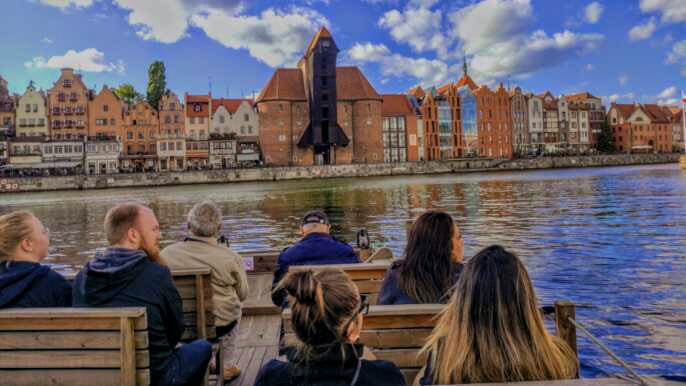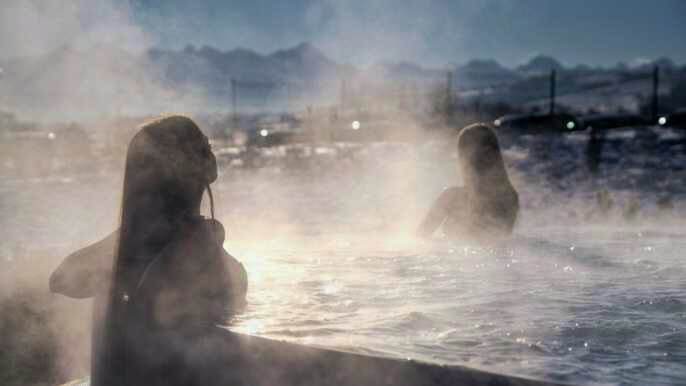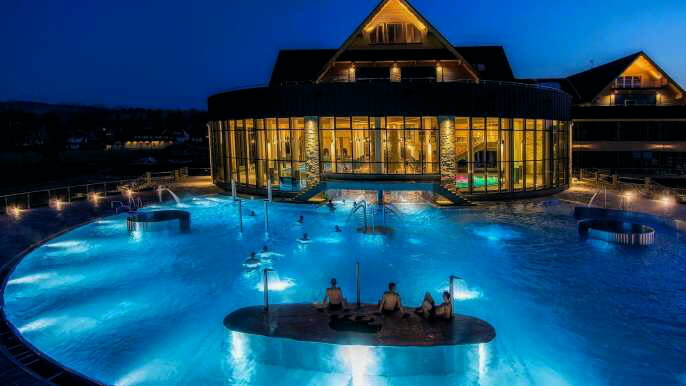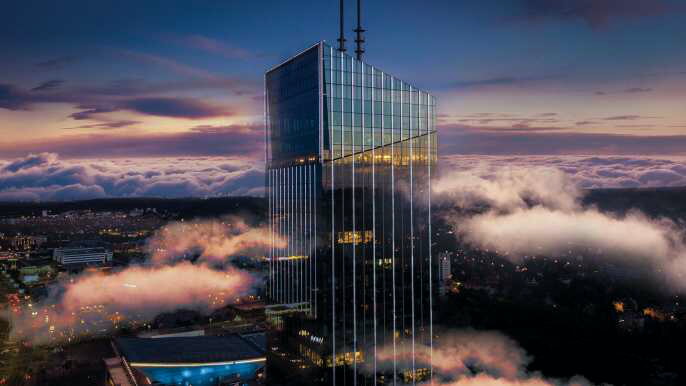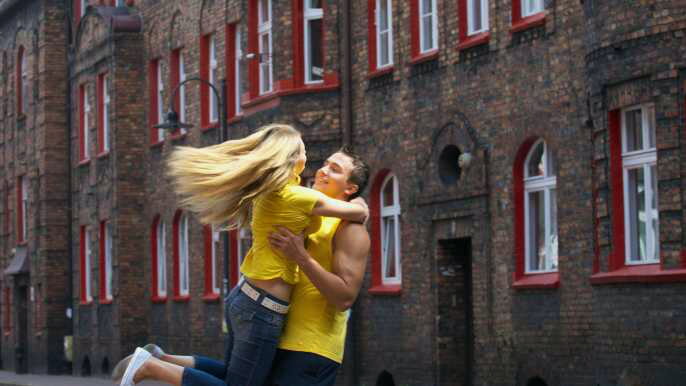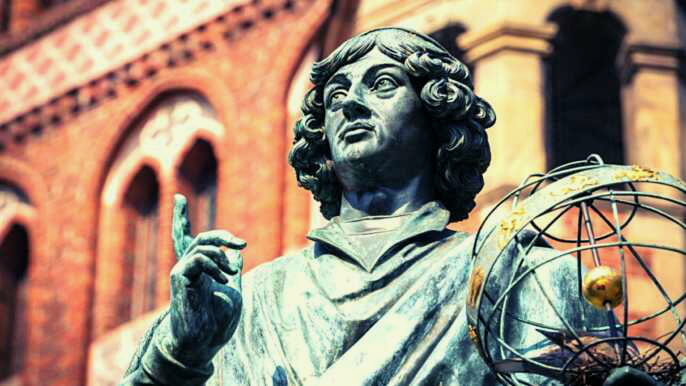The city is rich with history and culture. You should add a Chopin piano recital to your list of things to do in Krakow.
The iconic Wawel Cathedral is a must-visit in Krakow. It is the place where Polish kings have been coronated and buried.
Rynek Glowny
Rynek Glowny, or the Main Market Square, is the heart of Krakow’s Old Town and a UNESCO World Heritage Site. This 3.79 hectare square is home to a myriad of historic buildings, including the Renaissance Cloth Hall, St Mary’s Basilica and the Town Hall Tower.
The Cloth Hall, or Sukiennice, is a relic of the medieval trade and commerce that once sat at this central intersection. Today it hosts many small shops, food stalls and terrace cafes.
The Renaissance Cloth Hall is one of the most important landmarks of this central square, and represents one of Krakow’s main shopping districts. It also houses a gallery of 19th century Polish art in its upper floor.
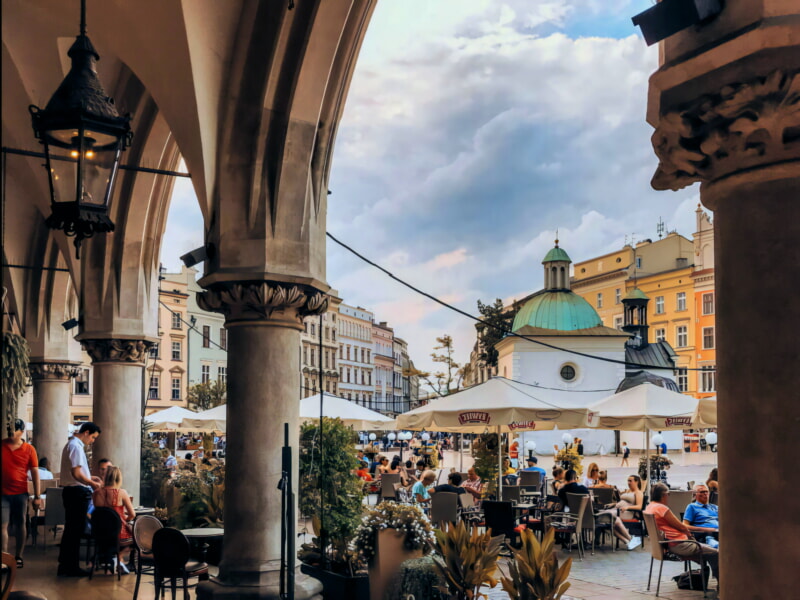
The Cloth Hall
In the middle of Rynek Glowny - the Main Market Square in Krakow – lies one of the city’s most beautiful landmarks - The Cloth Hall. It was a trading centre from the very start and was where travellers and merchants met in order to barter textiles from the Netherlands, exotic spices, wax or salt from the nearby Wieliczka mine.
The original structure was made of stones and consisted of two rows of stalls. Later on, it was rebuilt in a gothic style by King Casimir III the Great. Afterwards, Italian Renaissance sculptors added column arcades and a loggia with mascarons to give the building its final shape which is one of Krakow’s identifying marks today.
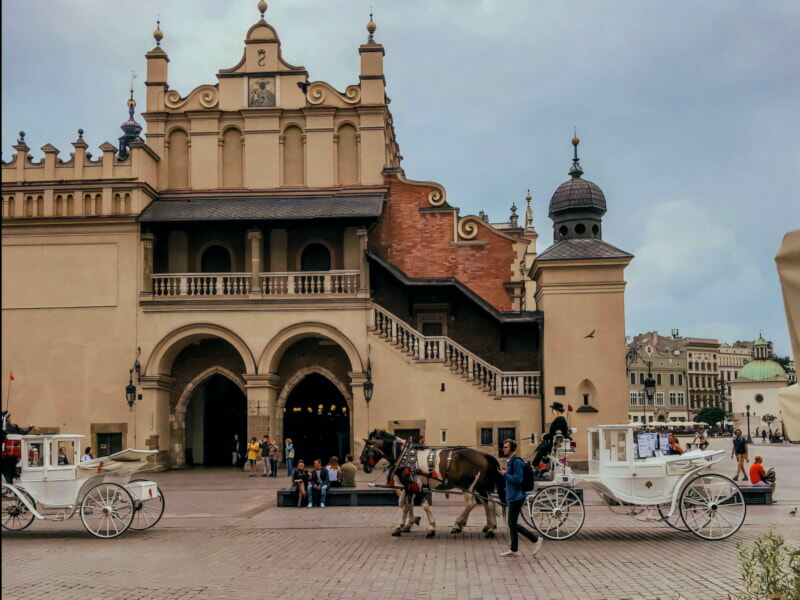
The Town Hall Tower
The Town Hall Tower is a medieval structure that towers over Krakow’s Main Square. Its slight leaning is a fascinating sight, and the narrow stairs leading up to the clock mechanism allow you to take in a stunning panoramic view of the city from up above.
The museum inside is also worth checking out, containing exhibits about the history of the building. There are also displays of medieval clothing and photographs of Krakow.
The huge cellars under the Town Hall Tower once held a city dungeon and torture chambers. These are now the home of a cafe and the Ludowy theatre. A further exhibition is about Krakow during the Second World War, including reconstructions of dwellings in the ghetto, underground tunnels and basements where Jews would hide.

The Rynek Underground Museum
Situated directly beneath the Main Market Square (Rynek Glowny), The Rynek Underground Museum is a great place to explore Krakow’s history. It is one of the most modern museums in Krakow, with highly interactive displays that bring the medieval world to life.
The museum features a number of interactive displays and artifacts, and you can even watch a 4D movie to get more immersed in the history of Krakow. It is also a good option for kids and families.
The museum is an archaeological park that was established in 2010. It has an area of 6000 square metres. It cost 38 million zlotys to build and was opened on September 24th, 2010.
Schindler’s Factory
During the Nazi occupation of Krakow, German businessman Oskar Schindler saved thousands of Jewish citizens. He employed them in his enamelware factory, ensuring their survival by using bribes and diplomacy.
His actions became widely known through Steven Spielberg’s 1993 film, “Schindler’s List.”
The former factory is now a museum dedicated to telling the story of Krakow’s victims during the Second World War. It features 45 interactive exhibition rooms that will take you back in time and provide you with a thorough insight into the lives of Jews in Krakow during WWII.
You can visit Schindler’s Factory on your own or in the company of a guide who speaks English. Both options are guaranteed to provide a memorable experience.
MOCAK
MOCAK (Muzeum Sztuki Wspolczesnej w Krakowie in Polish) is the first purpose-built museum in Poland dedicated to contemporary art. Opened in May 2011, it is located on a demolished part of Oskar Schindler’s factory, 3 kilometres from the city centre.
The museum’s main goals are to present the works of artists active in the last two decades in the context of the postwar avant-garde and conceptualism, and to elucidate the role of art in society by highlighting its cognitive and ethical value and linking it with everyday life. It also seeks to fight prejudice against very recent art.
